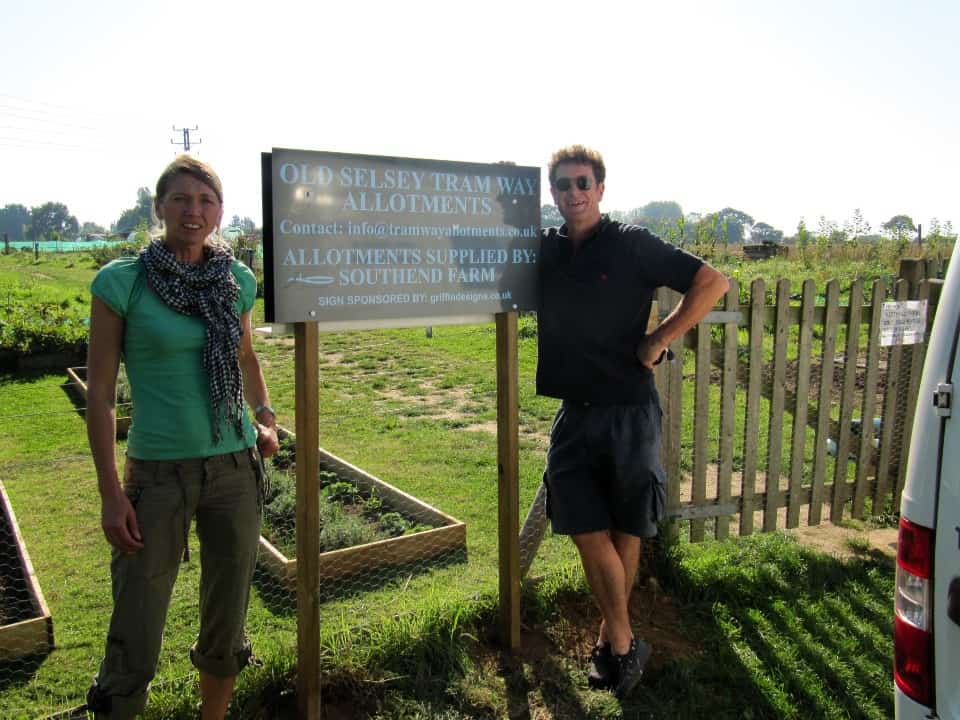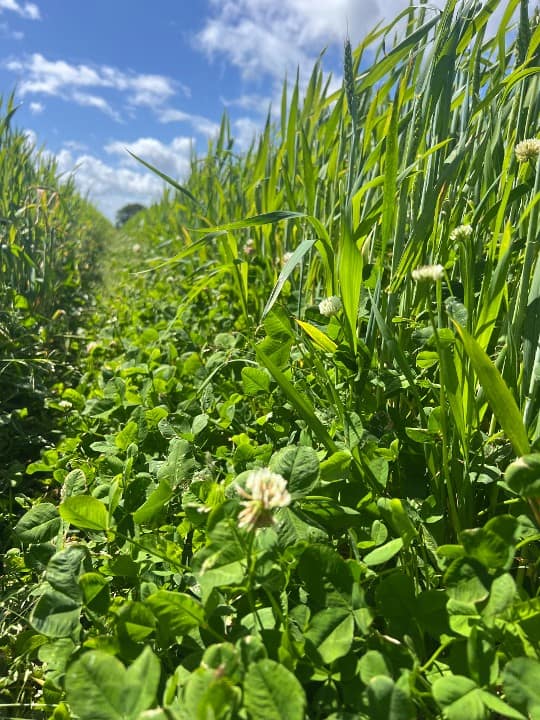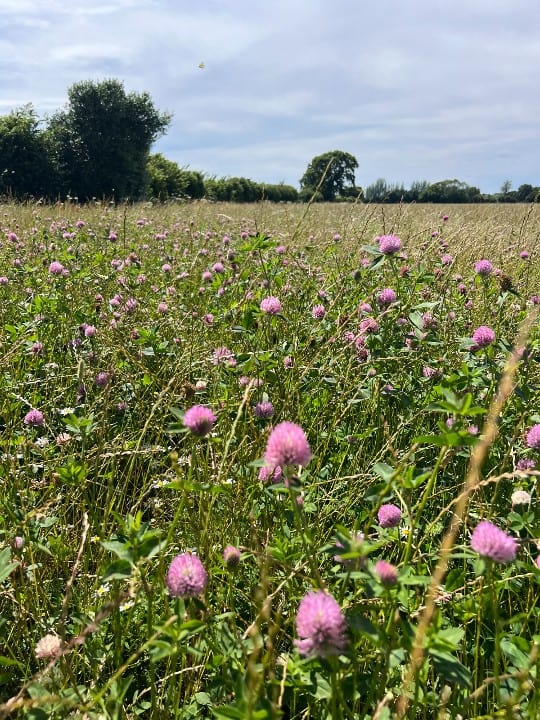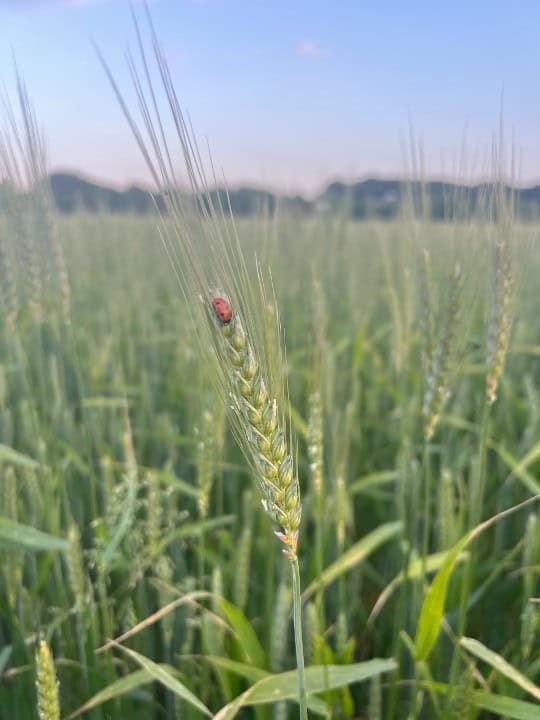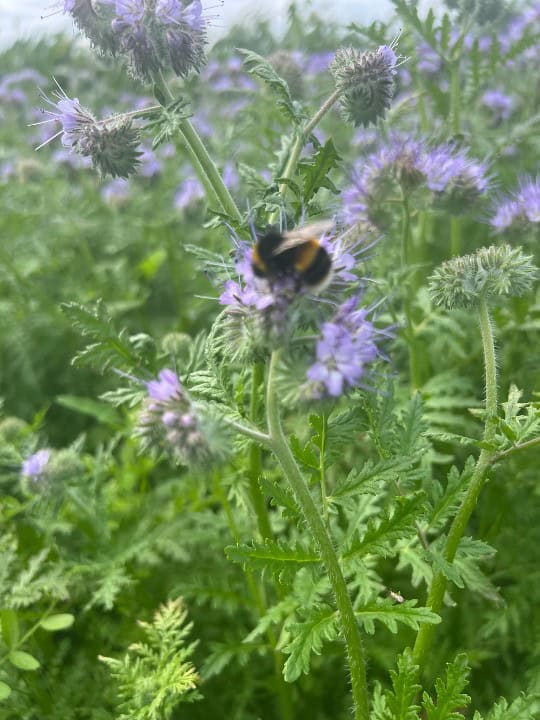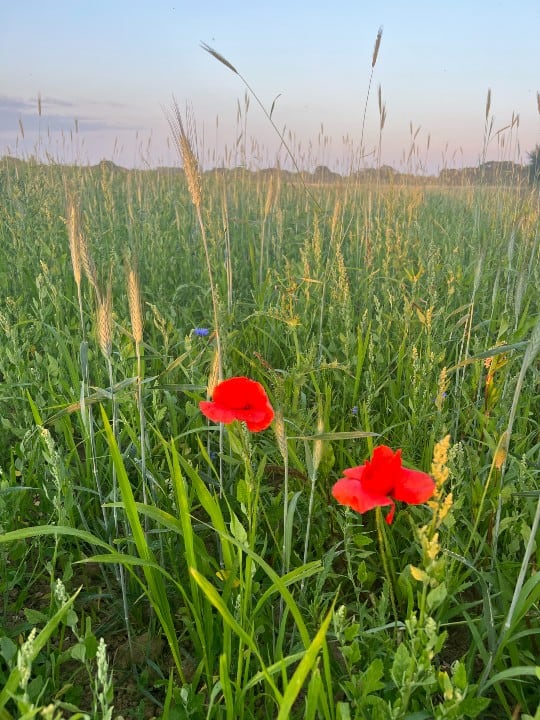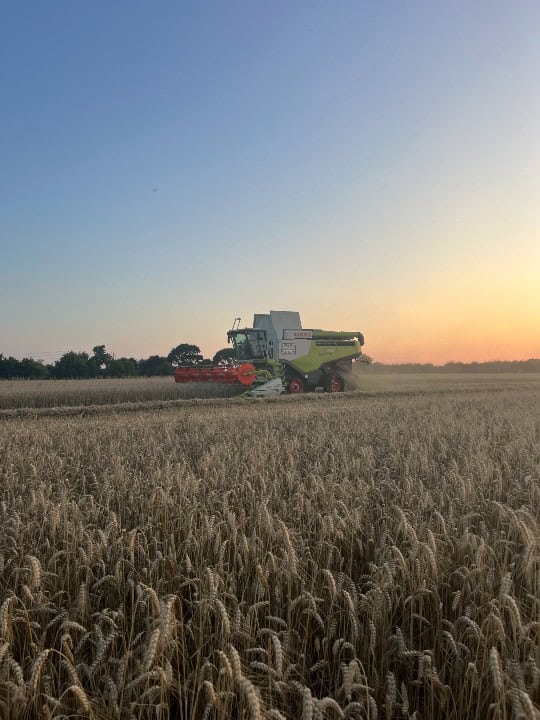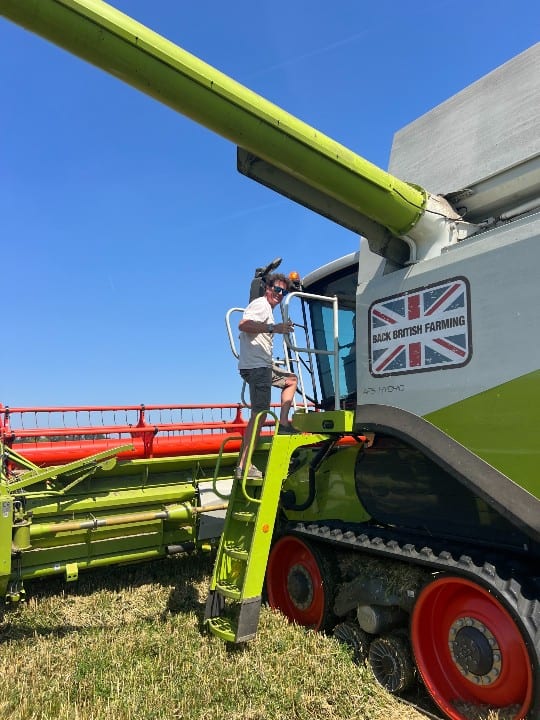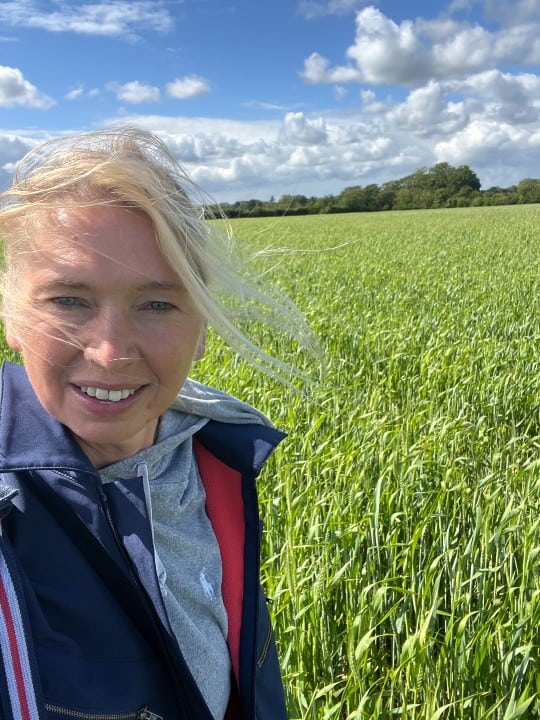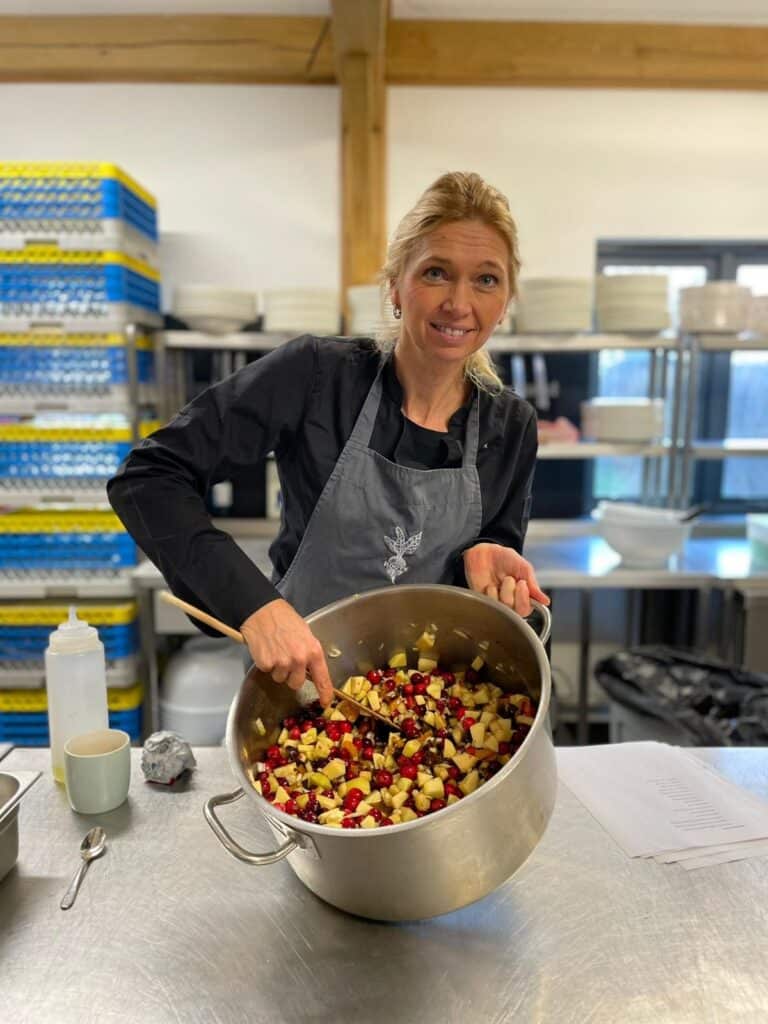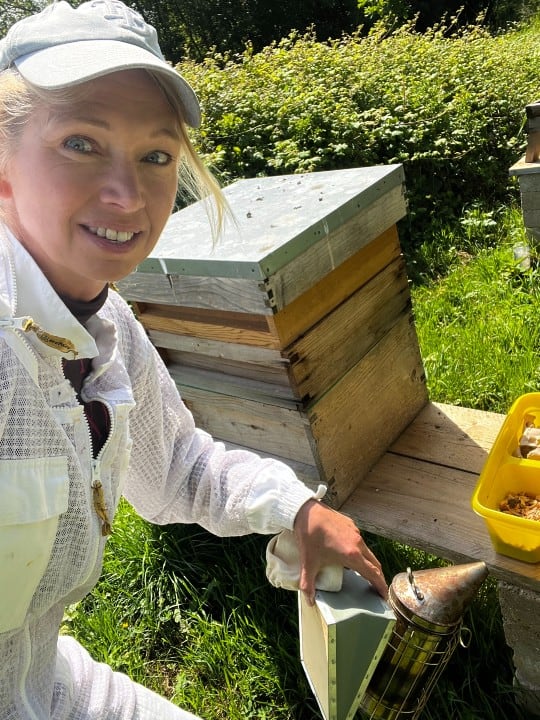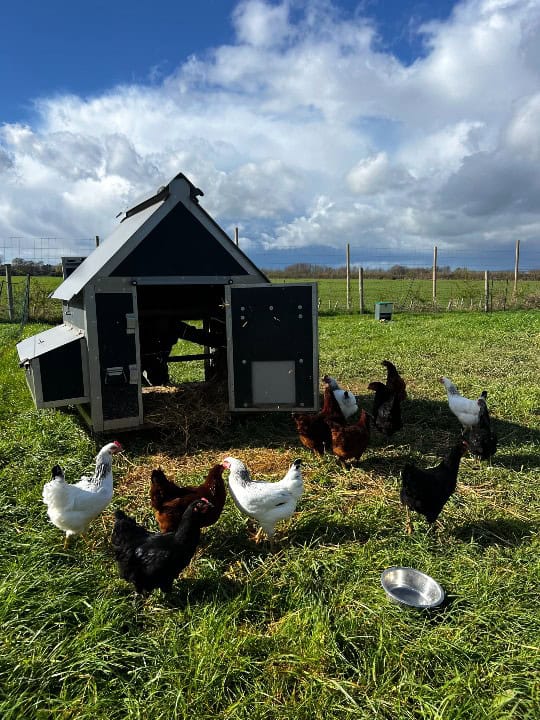REGENERATIVE FARMING
In 2023 we started a huge conversion of agricultural practice at Southend Farm, dedicating the whole farm to a regenerative farming system, with an aim to recover soil health and increase organic matter in the soil.
This involves providing extra care to certain fields by planting them with multi-species leys as part of government agricultural policy.
Alongside this work, we are producing food crops in a long-term field rotation, such as growing winter wheat for bread flour in partnership with Wildfarmed.
Through a combination of events that occurred at Southend Farm:
-
- Hugh junior studying soils for geography
- Mariella losing her bees after a pesticide application
- Having a carbon study carried out on our silty loam soils
- Seeing increasing price hikes in chemical inputs and after learning more about the plant and soil microbiome
We decided in 2023 to start the conversion of agricultural practice.
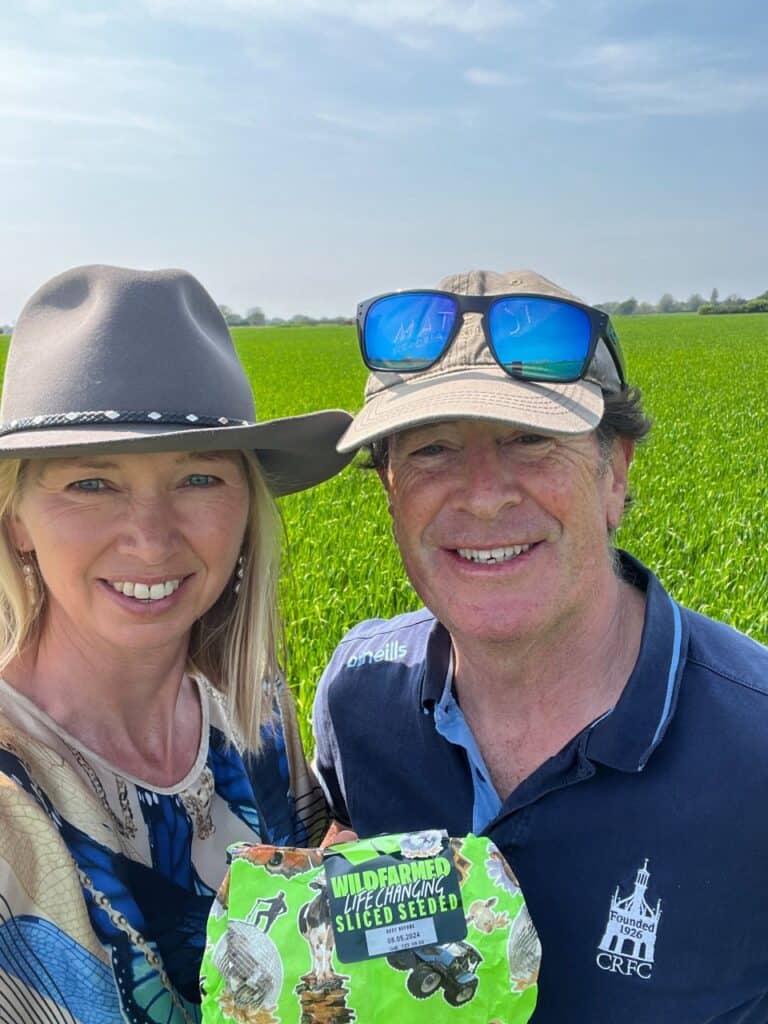
WHAT WE DO
Regenerative agriculture supports farming and grazing practices that help to reverse climate change by rebuilding soil organic matter and restoring degraded soil biodiversity. This results in carbon drawdown, improves the water cycle and enhances biodiversity in the soil through insect, bacteria and fungi activity and wildlife on the land, as well as other benefits.
HOW WE DO IT
To follow the principles of regenerative farming at Southend Farm we are taking several actions that are fundamental to rebuilding the soil.
Keep Soil Covered
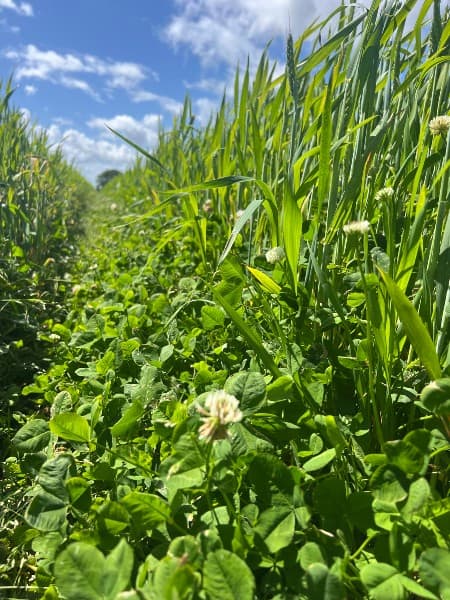
Keeping the soil surface covered as much as possible (no ploughed fields in the winter). So keeping living roots in the soil – the birds will be thankful for this too.
Minimise Soil Disturbance

No ploughing and as little soil disturbance as possible.
Maximise Crop Diversity
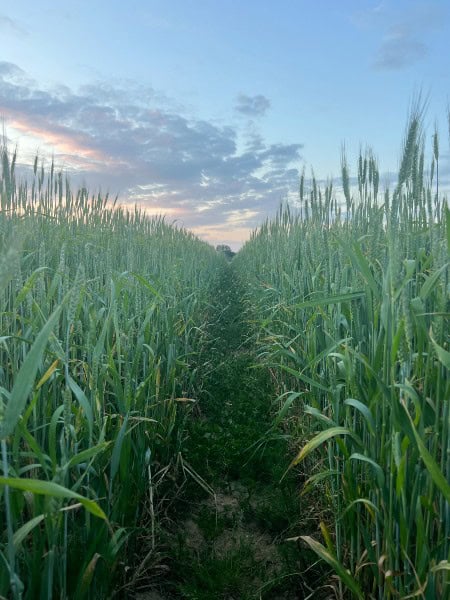
Mixed cropping, for example we will grow a mixture of four wheat varieties (selected on their disease resistance) with an understory of white clover which is a legume and will assist with nitrogen fixing.
Integrate Livestock
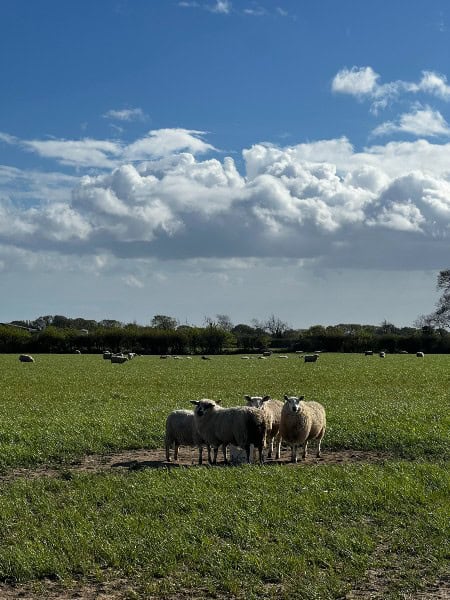
Use of livestock in the rotation system to build up soil fertility – we have sheep visiting for several months a year. Furthermore, we grow maize feed for our neighbour’s dairy cows and in return we receive their farmyard manure.
Maintain Living Root
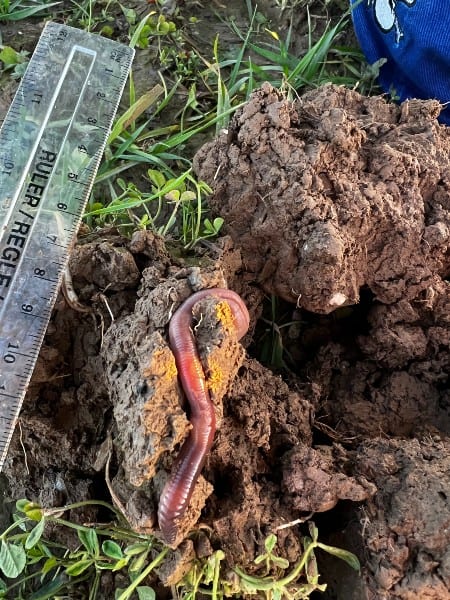
No use of chemicals (insecticides or fungicides) and a very limited use of artificial fertiliser. This keeps the worms, microbes and fungi (the soils microbiome) in the soil alive and this will also keep Mariella’s bees happy!
Observing the crops on the land surrounding the barns over the last few years, we started to notice that our yields were plateauing because the soils were running out of steam.
When we visited Groundswell in 2023 and learned about the practical applications of regenerative farming systems, we made the bold decision to change the whole farm over to such a practice, all its 200 hectares. When we say regenerative, we mean we want to make the soil better again and generate more organic matter in the top layer of the soil. At the time that we discovered that the crops as well as the soil has its own microbiome, similar to what we humans have, we knew that we had to improve soil microbial diversity and richness to create better soil health.
We learned that by disturbing the soil as little as possible, keeping the soil covered with crops, using livestock and legumes in the rotation, and using multiple species in one field we could enhance way better soil quality and therefore grow crops that use less artificial nitrogen and do not need any agrochemicals to fight off diseases and pests. We grow our crops by regularly measuring the sap in the leaves to check if they have the correct balance of micronutrients, in effect their vitamins and minerals, and we adjust any shortages by feeding the plants minimal amounts of the correct vitamins and minerals throughout the growing cycle, to keep them healthy and robust.
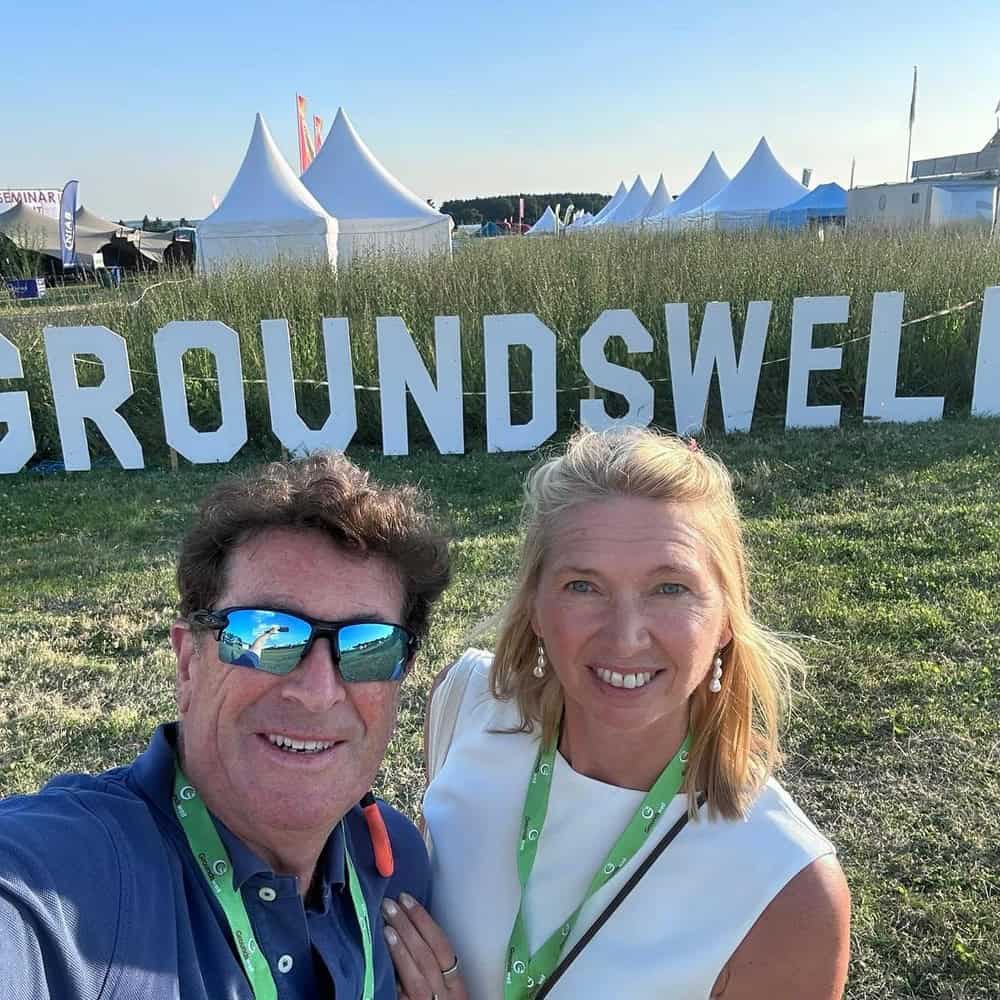
We learned that by disturbing the soil as little as possible, keeping the soil covered with crops, using livestock and legumes in the rotation, and using multiple species in one field we could enhance way better soil quality and therefore grow crops that use less artificial nitrogen and do not need any agrochemicals to fight off diseases and pests.
We grow our crops by regularly measuring the sap in the leaves to check if they have the correct balance of micronutrients, in effect their vitamins and minerals, and we adjust any shortages by feeding the plants minimal amounts of the correct vitamins and minerals throughout the growing cycle, to keep them healthy and robust.

After harvest, our regenerative wheat grain, which consist of four different old-fashioned bread making varieties, gets delivered to the Wildfarmed flour mill. This flour is super nutritionally dense and tastes nutty and delicious. The flour is distributed to retailers such as Waitrose and M&S and a large selection of restaurants including Franca Manca and of course Roots Catering at Southend Barns.
ROOTS KITCHEN GARDEN
Using local produce has been a priority for Roots Catering at Southend Barns, not only do we enjoy supporting local suppliers, buying local reduces food miles and therefore reliance on fossil fuels.
The addition of the allotment next to the barn has enhanced the now very local offer of vegetables, berries and herbs. We cultivate nutritious beetroots and heritage carrots, herbs and asparagus for the Roots kitchen and flock of chickens provide plenty of eggs all year round which are used in the Roots signature Scotch eggs.
We bake all our own focaccia bread with Wildfarmed Flour and do not use any ultra processed food, even our truffle mayonnaise is our own! We have our own beehives and their tasty honey is used in our homemade icecream found on many of the Roots dessert dishes.
Every season we design new dishes that are not only stunning compositions on a plate as well as nutritionally balanced and simply delicious. All the crop harvests are used for the wedding banquets throughout the summer and autumn months, just have a look at Roots Caterings menus.
tramway COMMUNITY allotments
The Old Selsey Tramway Allotment sited against the village of Hunston was set up as a community based site on a field that used to border the area where the Selsey Tramway siding was positioned. The allotment is intended for people who live in the villages of Donnington and Hunston and the site has been keeping 48 allotment holders busy and fed since 2010.
If you are interested in hiring an allotment please contact using the below form.
